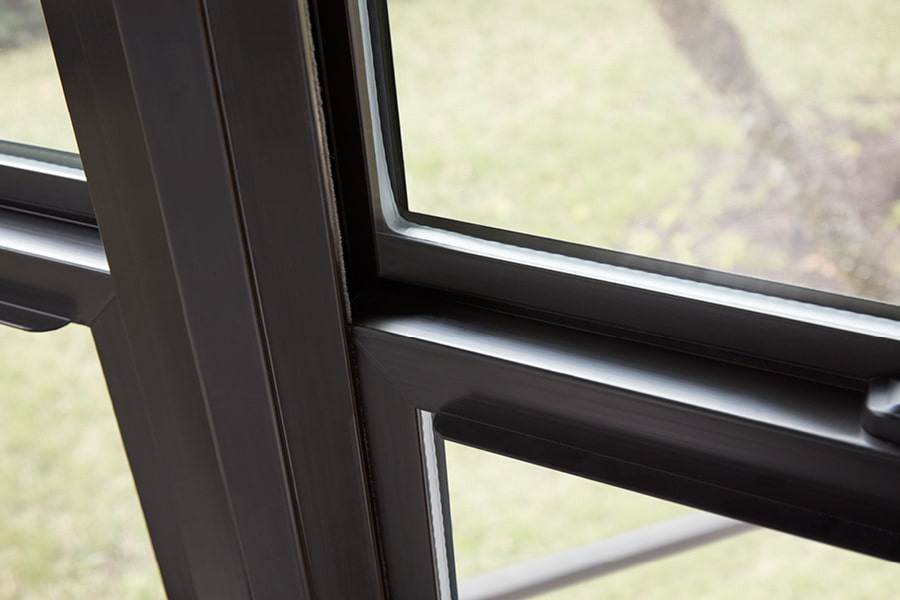Why Is Hurricane Glass So Expensive?
Discover why hurricane glass is so expensive. From the complex manufacturing process to the rigorous testing and quality control, every step adds to the cost. Find out the reasons behind its steep price.
Why Is Hurricane Glass So Expensive? Read More »

